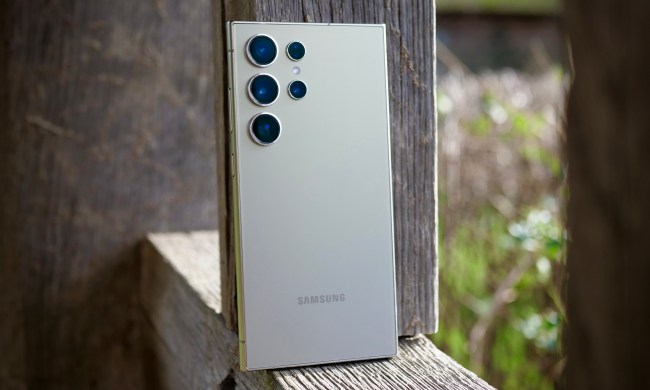As 2018 comes to an end, we decided to cast an analytical eye back over the last 12 months to highlight the big wins and great losses for smartphone manufacturers. Amid the glowing successes and crushing failures, there was also some steady plodding, and a few notable developments that led to mixed fortunes for some phone makers. We’re going to look beyond the bottom line to pick out the devices and strategic moves that impressed or disappointed us the most.
Winner in 2018: OnePlus
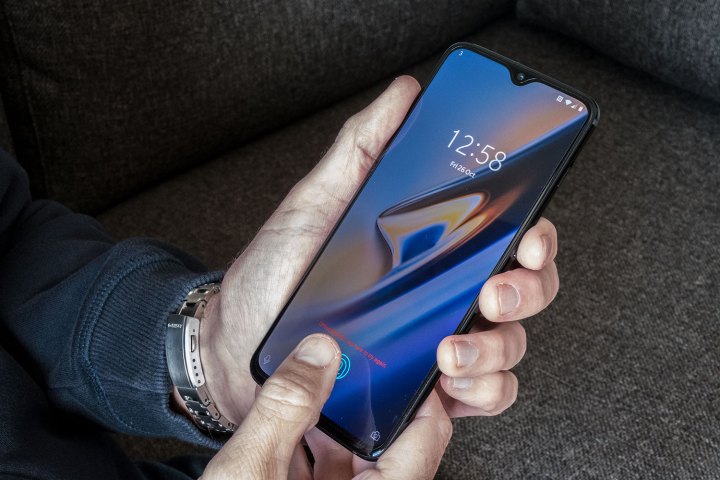
No one had a better year than OnePlus. We were very impressed by the OnePlus 6, a phone worthy of the flagship killer tag. OnePlus really closed the gap on the competition with a seriously polished device that married style and substance and still managed to undercut everyone else by a couple of hundred dollars. Just a few months later we got slight improvements in the OnePlus 6T, along with a side of innovation with an in-screen fingerprint sensor, thankfully backed by swift face unlock. The only thing that prevented OnePlus from winning our phone of the year was the camera, which didn’t quite live up to the increasingly stellar performance of the competition.
Strategically, OnePlus scored a big win by making the move from online-only sales to in-store, through a new partnership with T-Mobile in the U.S. and with O2, EE, and Vodafone in the U.K. This gave many people their first opportunity to actually pick a OnePlus phone up and try it before buying. Did we mention it now also works on Verizon’s network in the U.S.? For a while, OnePlus was a well-kept secret for people hunting a bargain and willing to take a chance on a lesser known brand. In 2018, OnePlus stepped out from the shadows.
Runners up: Asus, BlackBerry (TCL), Honor, Nokia (HMD Global), Xiaomi
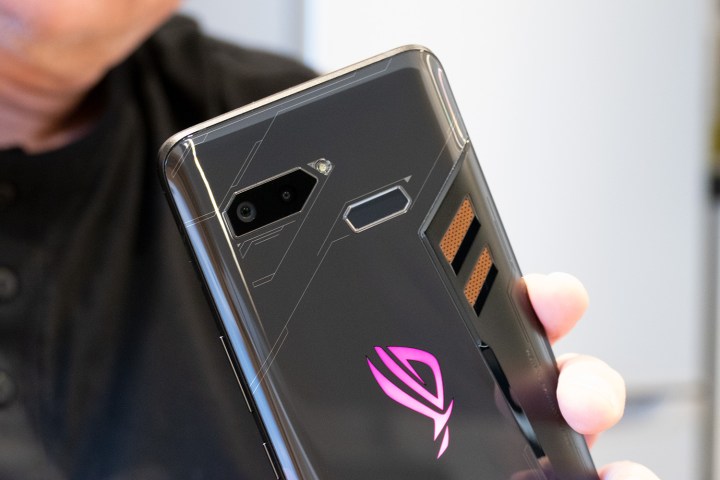
Two of our runners up here are brands under new stewardship. Nokia phones are now made by the Finnish company HMD Global, while BlackBerry phones are made by Chinese manufacturer, TCL Communications. Both proved that they know what they’re doing in 2018.
HMD Global is firmly connected with Nokia’s roots, turning out great value devices with excellent build quality. There’s also a refreshing lack of bloatware, with two of our picks for the best budget phones, the Nokia 7.1 and Nokia 6.1, running Android One. The brand seems firmly back on track, with the failed Microsoft experiment a fading memory, and we’re excited to see what’s next as it carves out a well-deserved chunk of the Android market.
Any notion that the KeyOne’s success was based purely on nostalgia were dispelled by the excellent BlackBerry Key2. Naturally, it’s the best keyboard-toting device around, but it also won plaudits for long battery life, great build quality, and useful, secure software.
We talked about Asus phones again this year for the first time in a while, thanks to the surprisingly decent Zenfone 5Z, a rare OnePlus competitor, and the gaming beast that is the Asus ROG phone.
Honor is creeping towards full independence from Huawei and it continued to build a head of steam by turning out affordable phones like the Honor 10, the Honor 8X, and the Honor Play. Combining seriously eye-catching design with some of the best hardware you’ll find in the budget or mid-range market is a winning strategy.
Though it has yet to make its mark stateside, we can’t move on without mentioning Xiaomi. The Chinese manufacturer continues to innovate with unique designs and incredible value, as epitomized this year by phones like the Mi Mix 2S and the Pocophone F1.
A mixed year for Apple, Google, Huawei, Oppo, and Samsung
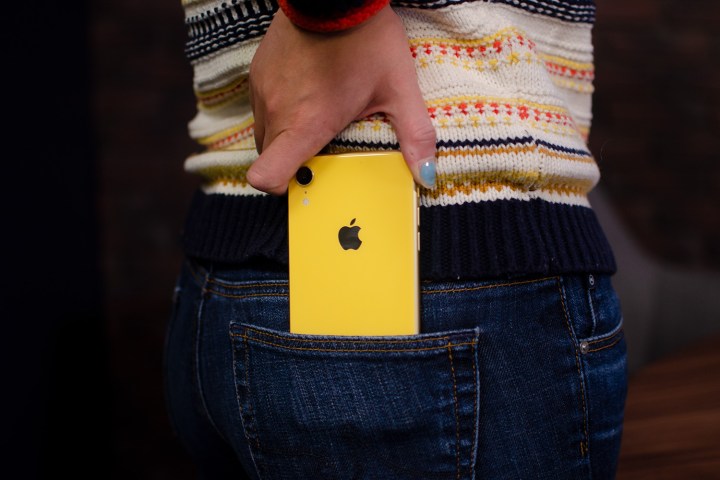
The Pixel 3 is our favorite phone this year with an unbeatable camera and beautifully slick software. Google is also streets ahead of the competition in offering real value from artificial intelligence instead of merely throwing it around as a buzzword. However, the notch in the Pixel 3 XL attracted a rare level of vitriol, and there’s still a sense that Google isn’t throwing its full weight behind Pixel phones – that would require major marketing campaigns and availability in all the big carrier stores.
Huawei was heading for a glorious win with sales overtaking Apple and two of the biggest, most powerful phones we’ve ever seen in the shape of the P20 Pro and Mate 20 Pro, not to mention a shower of less expensive, but still compelling devices. Sadly, its achievements have been overshadowed by political problems. Huawei’s dreams of breaking the U.S. market were shot down in flames, and it’s unclear what will happen in 2019, though we expect to see continued success for the brand in the rest of the world.
It was an S year for Apple, with expensive flagships that didn’t add a great deal to last year’s models. While we think the iPhone XR is a smart release, and important from a pricing point of view, we can’t help feeling it detracts from the XS and XS Max, making it clear just how overpriced they are. Huawei also snatched the number two spot in the smartphone maker charts, splitting Samsung and Apple for the first time in seven years.
Samsung also had a bit of tock year, with further refinements to its Galaxy range, though it still outsells everyone else. The Galaxy S9, S9 Plus, and Note 9 were all strong releases, but they failed to really excite us. The A9 was an unexpected diversion and there’s been plenty of chatter about a foldable phone, but Samsung has seen a decline in year-over-year sales in 2018.
Oppo is a successful Chinese smartphone manufacturer, shifting millions of handsets in China and India, though it has its sights set on Europe and the U.S. We tested out the innovative Oppo Find X this year, but, despite some high points – most notably the incredible design with the pop-up camera – we weren’t entirely sold.
Loser in 2018: Red
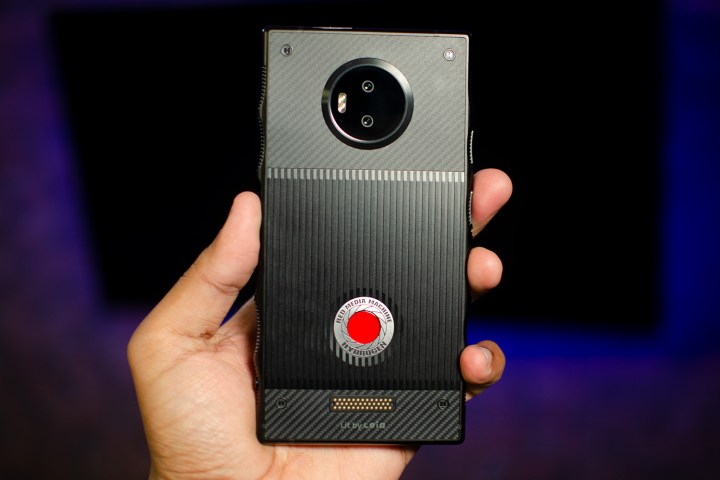
After making the mistake of seriously hyping up the Red Hydrogen One, the reality was a crushing disappointment. The headline 4-View display was billed as “better than 3D”, but it felt gimmicky to us and had limited content support. An older processor and version of Android in a phone this expensive, was a silly move and we expected a much better camera experience from a camera company. This flop could be big enough to end Red’s smartphone ambitions before they get started. The only recent device that has disappointed us more is the moronic companion phone Palm, which we will never speak of again.
Runners up: HTC, LG, Motorola (Lenovo), and Sony

Falling sales led to job losses at HTC this year and the company has been steadily shrinking. Sadly, we don’t expect the buttonless HTC U12 Plus to arrest the decline, and limited availability will hamper the HTC U12 Life’s prospects in the midrange market. We hope the early Android pioneer, which has brought us many innovations over the years, can turn things around, but it looks bleak.
Sony missed the memo on cutting down bezels and it was slow to redesign its smartphone range, finally unveiling a new curved look this year with the Xperia XZ2. Unfortunately, it was marred by software issues and failed to stand out of the crowd. Sony’s smartphone sales have been dismal, dropping to just 1.6 million for the period July to August this year, down from 3.4 million for the same period last year. We think the Xperia XZ3, with its stunning OLED screen is a step in the right direction, but Sony’s mobile division has a way to go to turn its fortunes around.
Motorola ruled the budget roost for years, but it has been supplanted in our affections this year by Nokia. Under Lenovo, Motorola has been churning out too many phones, most of them entirely forgettable. We think the line-up is confused and we’re disappointed by the insidious creep of bloatware and the slow down, or outright ditching for some models, of Android updates.
Rattled by a disappointing, and largely undeserved, series of losses stretching back to 2016, LG decided to start 2018 with a new strategy for its mobile division. It would ditch the annual release cycle and begin churning out more models with small improvements and refinements. Unfortunately, the result has been a confusing burst of phones, culminating in the underwhelming V40 ThinQ, and sales have fallen even further.

